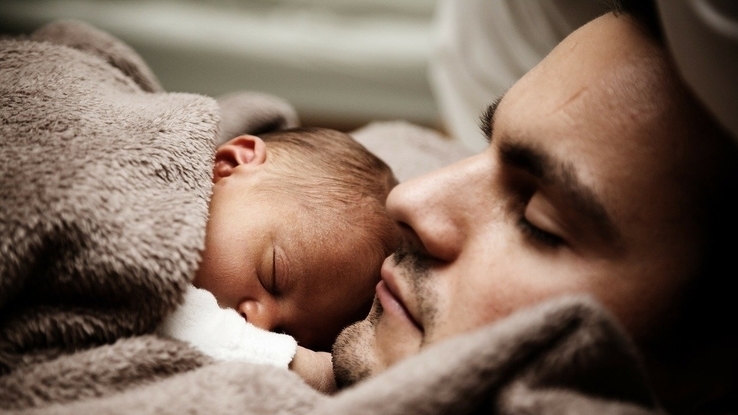When Is Father’s Day?

Father’s Day is always celebrated on the third Sunday in June in the United States. While some countries, such as the United Kingdom, India and Canada, also celebrate their versions of the holiday on then, others do not. Finland, Norway and Sweden celebrate it on the second Sunday of November, while Australia holds it on the first Sunday of November. Spain, Portugal and Italy celebrate it alongside St. Joseph’s Day on March 19th.
The holiday was first recognized in the United States as the result of an executive order signed by President Lyndon B. Johnson in 1966, and it became a federal holiday under President Richard Nixon in 1972. However, the holiday’s origins go back further to the early 1900s.
Ties to Mother’s Day
Father’s Day might have never come about if Mother’s Day hadn’t already become a holiday before it. That celebration traces its origins back to the 1860s, when Ann Reeves Jarvis convinced a West Virginia town to hold a “Mother’s Work Days” event to help mend the rift between the mothers of Union and Confederate soldiers.
While the celebration was a one-time event, Jarvis’s daughter, Anna Jarvis, worked to make the holiday a national event. After teaming up with a Philadelphia department store in 1908, other retailers realized the sales potential of the holiday, and the holiday quickly spread. 45 states observed the holiday by 1909, and it became a federal holiday in 1914 under President Woodrow Wilson.
The Beginning of Father’s Day
Like Mother’s Day, Father’s Day was preceded by an event in West Virginia: a special church service for 361 men, 250 of whom were fathers, that died in the worst mining accident in U.S. history. It didn’t lead to a recurring holiday, but it signaled a desire for such a celebration. Two years later, Sonora Smart Dodd, a woman from Spokane, Washington who was raised alongside her five siblings by her Civil War veteran single father, heard a Mother’s Day Sermon and decided that her father was just as worthy of a day of celebration.
Dodd initially found success in promoting the holiday through local church organizations, and on June 19, 1910 — a Sunday — the first Father’s Day was held in Spokane. Woodrow Wilson supported the holiday when he learned of it and even took part in the festivities remotely in 1916, but unlike with Mother’s Day, Congress was not willing to endorse it. Two presidencies later, Calvin Coolidge fared no better in his efforts to make it into a national holiday .
The Struggle to Make Father’s Day a Holiday
Opposition to Father’s Day took many forms. Critics thought that it would lead to the commercialization of fatherhood or that it would take away from Mother’s Day. Some men even thought it was too effeminate. Others simply didn’t see the point. “A national fishing day would be better,” quipped one member of Congress.
During the Great Depression, there was also a movement against Father’s Day and Mother’s Day alike, with supporters instead calling for a joint Parents’ Day. U.S. Senator Margaret Chase Smith of Maine was one such person. “Either we honor both our parents, mother and father,” argued Smith, “or let us desist from honoring either one. But to single out just one of our two parents and omit the other is the most grievous insult imaginable.”
Father’s Day Becomes a Federal Holiday
So what changed and led to support for Father’s Day? World War II. While money was tight during the Great Depression, once the United States entered the war, Americans wanted to honor their fathers fighting overseas.
Support continued to grow until Nixon made Father’s Day a federal holiday in 1972. In the official proclamation, he wrote, “Let each American make this Father’s Day an occasion for renewal of the love and gratitude we bear to our fathers, increasing and enduring through all the years.” Sonora Smart Dodd, who passed away in 1978 at age 96, lived to see her dream become a national reality.





